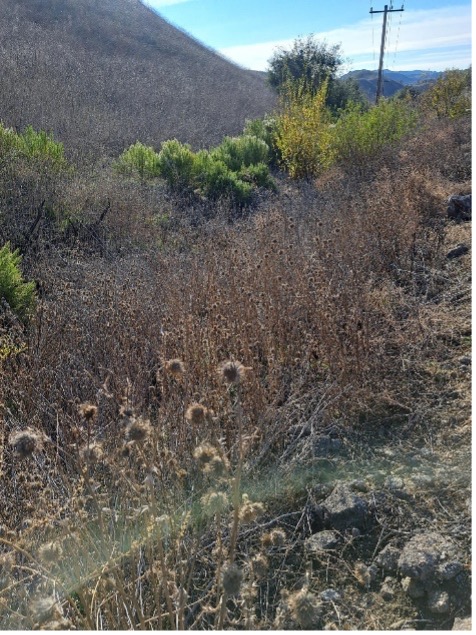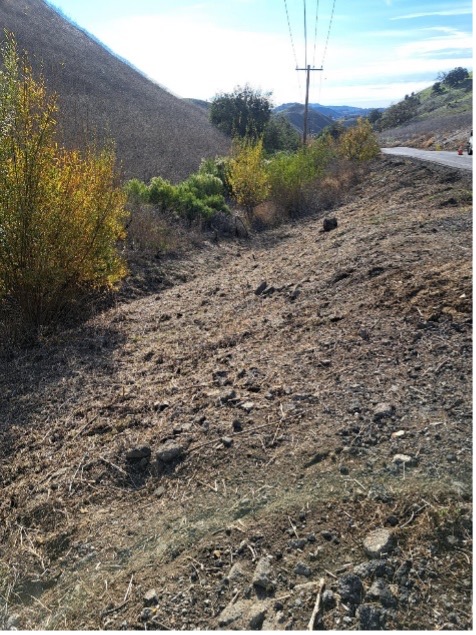Project Implementation in High-Risk Regions – Santa Monica Mountains
Department: Santa Monica Mountains Conservancy
Program Description: The Santa Monica Mountains Conservancy prioritized wildfire resilience projects that proactively reduce the risk of wildfire, strengthen wildfire resilience, increase carbon sequestration, rally against the effects of climate change, and dedicate more resources to local community infrastructure.
Program Impact: In 2022, the Conservancy coordinated with partner agencies, non-profit organizations, local tribes, and other stakeholders to kickstart projects that performed one or more of the following types of wildfire resilience activities.
Wildfire resilience activities included:
- Removing dry, hazardous, or non-native vegetation that poses ignition risk and habitat restoration
- Increasing the efficacy of wildfire response through emergency operations equipment and workforce development
- Ignition monitoring program
- Fire hardening at-risk structures
Conservancy wildfire resilience efforts, initiated in 2021 and sustained throughout 2022, addressed major wildfire hazards in the Santa Monica Recreation Area. State funding supported projects that mitigate hazards posed by fuel-vegetation, human actions, and at-risk structures. Investment in workforce development and capacity building in climate, fire resilience, and habitat restoration further enhanced wildfire prevention and emergency response operations. Ongoing project efforts will continue to reduce wildfire risk throughout the 2023 fire season and following years.

Native plants at Elyria Canyon Nursery to be installed at habitat restoration sites


Before and after photos of completed fuel reduction treatments (mowing) to reduce flammable, flashy fuels in strategic locations of the Santa Monica Mountains.
Resilience in Action: Fuel reduction along the ignition-prone highway 101 corridor continued in 2022, and as of January 2023, approximately 2,000 fire-resistant oaks have been planted at five key sites. In the coming years, fire-resistant oak habitat will replace the existent grassy fuel vegetation and serve as a natural fire buffer around the freeway. Funding for workforce development supported an expanded crew of seasonal firefighters in the Fire Division of the Mountains Recreation and Conservation Authority who received basic and advanced fire training classes, drills, and fuel vegetation removal.

Roadside vegetation management and oak habitat planting project to reduce ignition risk posed by nearby US Highway 101

